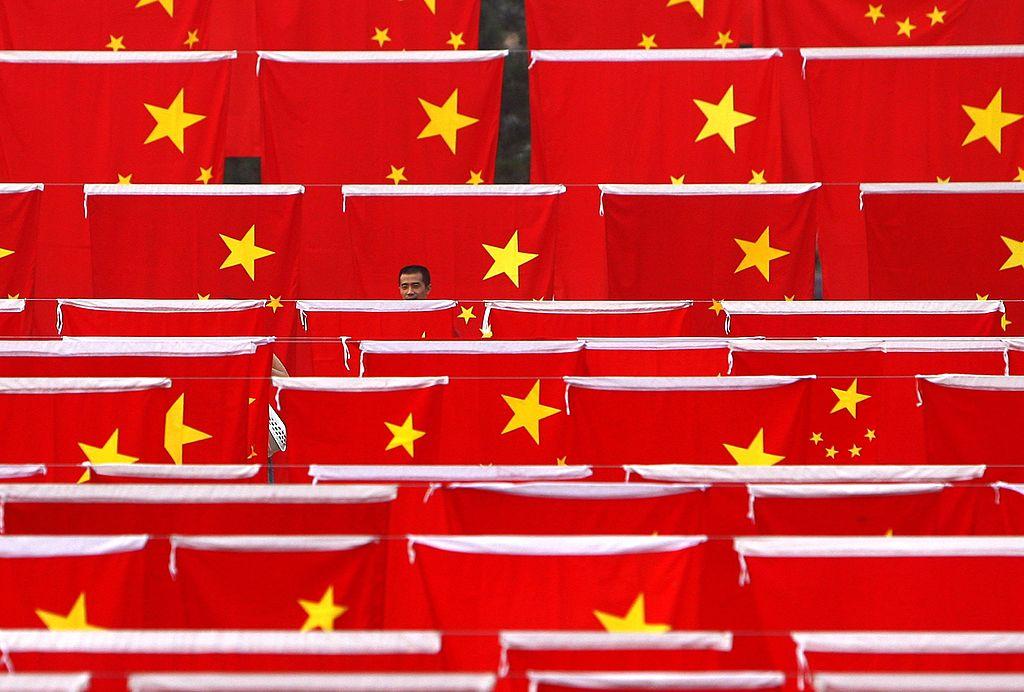From the bookshelf: ‘China’s Asia: triangular dynamics since the Cold War’
Posted By Huong Le Thu on March 6, 2020 @ 13:13

Lowell Dittmer’s book [1] on the strategic geometry of power relationships in Asia comes at a critical time when regional actors are facing the urgent challenge of shaping their responses to China’s rising power and influence. According to Dittmer, China is seeking to revive the old China dream of having dominance over what it considers its ‘natural region’. However, the region has been resisting such attempts, and ‘China finds its way to its prized Asian leadership role frustrated’. The book takes on an ambitious goal of examining how Asian countries are coping with a rising and assertive China.
Dittmer suggests that the best way of understanding the dynamics of China and its neighbours is by mapping them onto a triangular model of relationship involving the United States as the third actor. This creates, what Dittmer calls a ‘strategic triangle’, in which each participant is presumed to be a sovereign and rational actor. Each actor in a strategic triangle takes into account the third actor in managing its relationship with the second. Each actor is also essential to the game in the sense that its defection from one side to the other would affect the strategic balance. For Dittmer, ‘The rules of the game are to maximize national interests by having as many positive triangles and as few negative triangles as possible.’
With the inclusion of the US in the strategic triangle, China’s asymmetrical power advantage over its Asian neighbours is mitigated, much to Beijing’s chagrin. This explains why China seeks to depict the US as ‘a country outside of the region’ and cast its foreign policy in the region as ‘interference’ or ‘intervention’. China also warns its smaller neighbours to ‘not take sides’ between the two major powers.
The book examines six strategic triangles involving combinations of China, the US, Russia, Japan, South Korea, Taiwan, ASEAN states, India and Australia (he also posits two smaller embedded triangles involving Pakistan).
According to Dittmer, the Russia–China–US triangle poses the worst possible configuration for America. The Sino-Russian partnership has been growing stronger, placing the US in a disadvantageous position. Dittmer describes how President Barack Obama made a strategic choice to engage China, even ‘downplaying short-term disagreements over the South China Sea’. However, under President Donald Trump, US relations with China and Russia have deteriorated, while Beijing and Moscow have grown closer, putting the US in the worse triangular position.
Dittmer describes the Japan–China–US triangle as an arranged marriage ‘consisting of the Japan–America Security Alliance on one side facing an opposing Sino-Russian alliance on the other’. Increasingly, however, as China’s influence has grown, the China–Japan–US triangle has further entrenched the importance of Japan and the Japan–US alliance.
Dittmer assesses that, in their respective strategic triangles with the US and China, Taiwan and South Korea, both experiencing separation, pursue schizoid foreign policies in the sense of being oriented both to outside powers and to the ‘other half’. Both countries have tried (inconclusively) to bring their policies into ‘alignment’.
Between 1995 and 2005, ‘Taiwan fell into the worst possible position of a pariah facing a Sino-US marriage’. However, given current US–China tensions, Taiwan’s prominence has now risen in American foreign policy. Dittmer thus argues that ‘we may stand at the threshold of a brave, perilous new era in cross-Straits relations’.
While China has repeatedly sought to assure others in the region that is has no intention of pushing the US out of the Western Pacific, it considers the US alliance network in the region and the Taiwan Relations Act to be antithetical to some of its core interests. The triangles involving Taiwan and South Korea serve a different purpose than other triangular configurations. While these relationships may provide some measure of protection to smaller powers, Dittmer argues that they ‘cannot heal national division’ that afflicts both South Korea and Taiwan.
With respect to Southeast Asia, Dittmer represents ASEAN as a monolith that occupies one leg of the triangle. This is a drawback since ASEAN lacks coherent strategic interests at the institutional level. Dittmer outlines the transformation of the grouping since the end of the Cold War. During the Cold War, the five-member ASEAN was aligned with the US in an effort to counter communism in the region. Dittmer notes that today’s ASEAN, with 10 member states, is a more neutral actor that could benefit from the increasingly competitive relationship between the two other legs of this particular triangle, the US and China.
Separate chapters on South Asia and Australia are provided, but unfortunately bring more confusion than clarity. There are a number of ‘smaller triangles’ embedded in the larger India–China–US triangle, but the brevity of the book fails to give them justice. Similarly, Australia, while enjoying its own chapter—unlike the countries of South and Southeast Asia, which are grouped together—and arguably the most straightforward triangle, is presented as much more coherent than its domestic debates and decisions may suggest.
Beyond the real cases and the role that these strategic triangles play in mitigating China’s growing power, a question remains as to whether the power transition in Asia will lead to war. Dittmer suggests three conditions that need to be met to ensure a peaceful power transition. First, the challenger should not attack the incumbent’s core interests. Second, the incumbent must gracefully yield to the challenger’s reasonable demands. Third, they both must share a determination not to let their differences become kinetic.
Dittmer’s book is a commendable attempt to capture the complex and rapidly evolving sets of relationships involving China, the United States and major Asian countries. However, some readers may be dissatisfied with some of the author’s oversimplifications. Dittmer, however, defends this approach because ‘simplifications can sometimes be useful’.
Article printed from The Strategist: https://aspistrategist.ru
URL to article: /from-the-bookshelf-chinas-asia-triangular-dynamics-since-the-cold-war/
URLs in this post:
[1] book: https://rowman.com/ISBN/9781442237551/China
Click here to print.